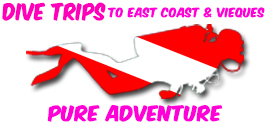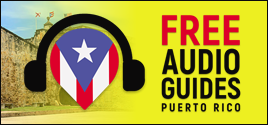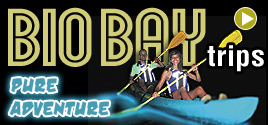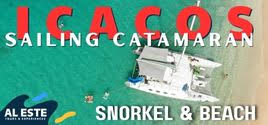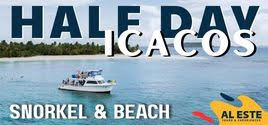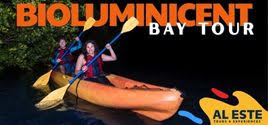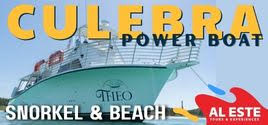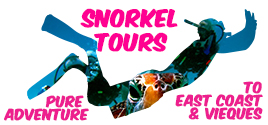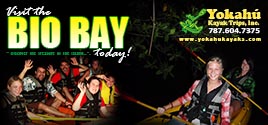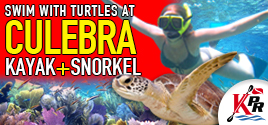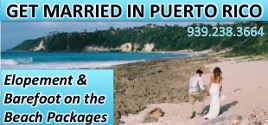Guánica Beaches – Sun, Surf, Sand & Some Snorkeling
Balneario Cano Gordo has reopened!

Guánica encompasses a large area with lots of shoreline — which, in turn, means lots of beaches. However, most of the area beaches are not protected coves, so you have to be careful of the water conditions.
On a recent visit to the area, we stopped in to see a few of the beaches and, while we didn’t find any hidden gems, we did find some that might appeal to the outdoor enthusiast.
Once in Guánica, we drove east on Route 333 as far as we could (the road turns to dirt and there’s a gate across the road) and parked the car. We walked a little farther east, then turned around and backtracked down Route 333 (moving the car as necessary). You could walk even farther east than we did, as Route 333 continues along the shoreline.

The first beach we stopped at was Tamarindo Beach. It was a nice looking beach. This area is home to many threatened and endangered species, including the dry forest anole (a type of lizard), the hawksbill and leatherback sea turtles, the Puerto Rican crested toad, the blue-tailed ameiva (another type of lizard), and the brown pelican.
When we went, it was "closed" due to it being mating season for the Puerto Rican crested toad. Who would have known? When it rains, the parking lot gets little ponds that the toads uses for mating. So you can’t bring your car into the lot. But of course you could walk in. It looked like a decent beach, and there was a coral reef out a bit which made a nice wave break, so the water was pretty calm the day we went. We did not go in the water though.

Heading west a little bit, we came to Aroma Beach — and the name is no joke. This beach is narrow and rocky, and it had a lot of sea grass on it — which made it kind of smelly. There was also a coral reef at this beach that looked like it helped keep the water calmer near the beach.

Continuing west, we came to Atolladora Beach, aka Ballena Bay. This is not a swimming beach, as there were signs all over warning of the strong under tow, currents and shore breaks. But it was pretty — limestone ledges and a small cove. Good for exploring and photography.
This is mainly a hanging out beach — there were picnic tables and trash cans. It is a narrow beach, but there is a little sand so the kids could play near the shoreline.
After we finished exploring this area, we hopped into our car and followed Route 333 west to Balneario Caña Gorda. It’s located at KM 5.9, right next to the Copamarina Beach Resort. It had been closed since Hurricane Maria, but reopened in 2024, though not 100% back to its original greatness.

Balneario Caña Gorda is a nice beach where families can really enjoy themselves.
The water was calm, the sand was soft. There was a large roped off area for swimming, with life guards on duty. There were picnic tables in the shade of trees and under shelters. And restrooms (recently only porta-potties), changing areas and showers are not yet available. During high season there are chair rentals and a snack bar available. As with all balnearios, there is $4 or $5 charge for parking.But it is open Wed- Sun, 8:30-5pm but not major holidays.
There are a few other small beaches along Route 333, but they were not too noteworthy for swimming nor sunbathing. There seemed to be more fishing beaches.

We did get a kick out of Playa Jaboncillo, which is one of those fishing beaches. The morning we went (mid-week about 9am) it was a regular Lovers’ Lane!
There’s this rutted, rocky dirt road that leads from the paved road to the beach. We left our car on the paved road and walked down to the beach. Apparently, people drive down this horrible dirt road in search of privacy. Maybe it has been cleaned up since we went! I beach itself looked pretty, but not swimmable.
Though not accessible by car, I have to mention Gilligan’s Island, located just off the coast of Guánica. Gilligan’s Island, sometimes referred to as Guilligan Island by locals, is a small island that is managed by the Departmento de Recursos Naturales y Ambientales (DRNA) — that’s Puerto Rico’s Department of Natural Resources. The island is part of the Biosphere Reserve of Guánica. We rented kayaks and spent a couple hours over on the island snorkeling and exploring. If you’re into that kind of thing, you can add this to your list.
We had wanted to get out to Santa Beach on Route 325, but the town was doing waterline maintenance so the roads around the beach were closed. Maybe next time.
All of these beaches were over-run with mosquitoes when we went in September (prime rainy season). Bring bug spray — you’ll need it!
Click on a placename below to view the location on Google Maps ...
- Aroma Beach
- Atolladora Beach, aka Ballena Bay
- Balneario Cana Gorda
- Balneario Cana Gorda, parking
- Gilligan’s / Guilligan Island
- Playa Jaboncillo
- Tamarindo Beach, Guanica
Puerto Rico Day Trips LLC assumes no responsibility regarding your safety when participating in the activities described in this article. Please use common sense! If your mother or that little voice in your head tells you that you are about to do something stupid … then don't do it!


